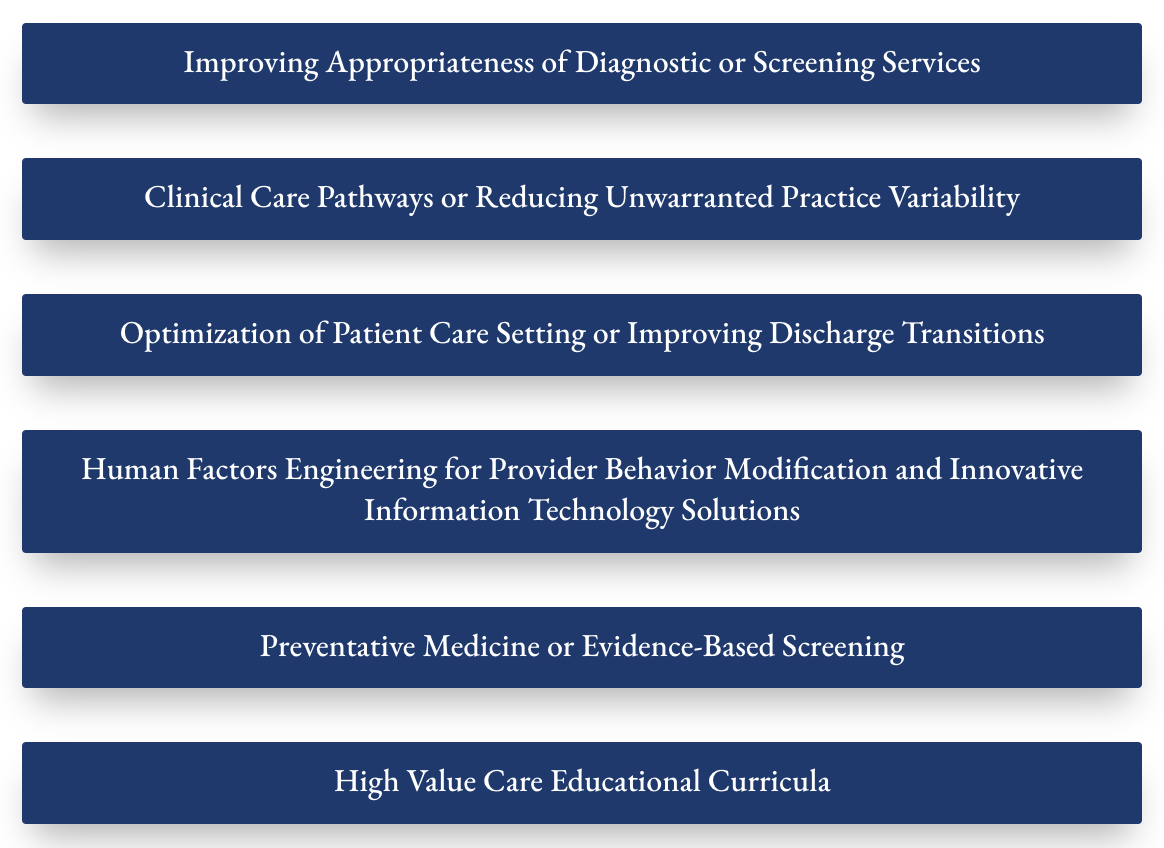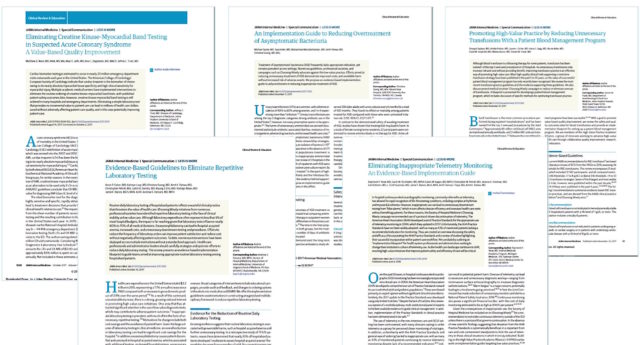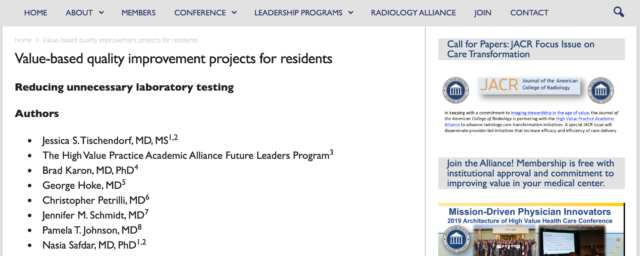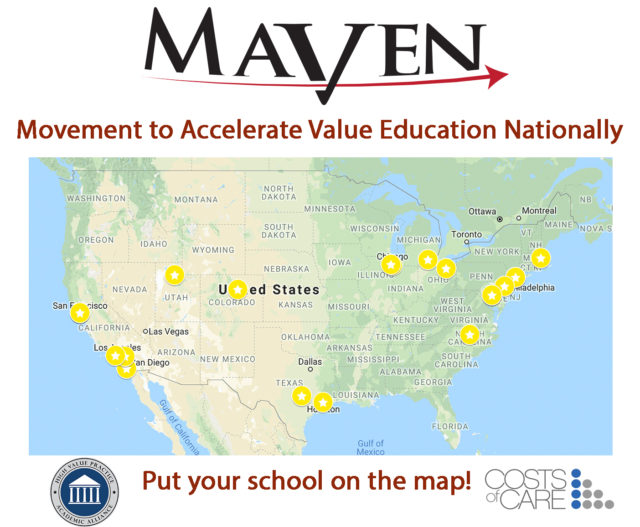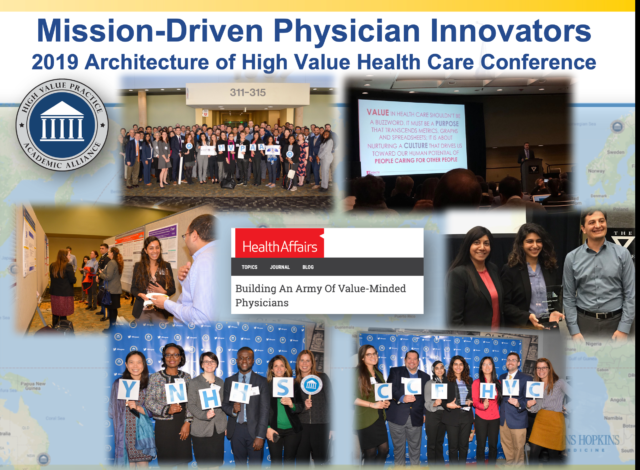From the 2019 HVPAA National Conference
Ms. Katherine Boyer (Michigan State University), Ms. Ruth Gichinga (Michigan State University/Spectrum Health), Mr. Norman Beauchamp III (Michigan State University/Spectrum Health System), Dr. Mark DeLano (Michigan State University/Spectrum Health)
Background
Patient engagement, anxiety, and satisfaction is driven by the timely delivery of test results. Electronic patient portals present opportunities and challenges that require due deliberation and customization for appropriate implementation.
Objective
To provide an overview of the operational and ethical complexities related to immediate delivery of radiology results to electronic patient portals.
Methods
We conducted a review the existing literature regarding best practice development for use of patient portals for radiology reports, and surveyed patient and family advisory committees (PFAC) at our institution before and after implementation of our policy endorsing immediate release of radiology reports to patient portals. Refinements to the policy and implications of limited report embargo and impact on patient experience were explored with our medical staff and the PFAC. The factors contributing to positive and negative patient experiences were also explored.
Results
PFAC support for immediate report release is strong despite anecdotal evidence of dissatisfaction by a vocal subset of patients who prefer direct communication with their provider. The primary factor driving patient satisfaction with the electronic communication process is the availability and responsiveness of the patient’s physician. Operational issues related to after-hours provider availability and engagement were a common concern. Quality of the radiology report, absence of typographical errors, the clarity of the conclusions, specificity of the recommendations improved satisfaction. Physician practice preference for delayed release of results may be more related to convenience, after hours coverage for patient consultation, and a desire to respect the doctor-patient relationship.
Conclusions
Balancing the concerns of the worried well and the needs of those receiving abnormal results requires the availability of appropriate support from the ordering providers. Patient experience may benefit from a tailored communication to the individual as some prefer delayed delivery directly from their physician over the immediacy afforded by the electronic portal.
Clinical Implications
Personalized patient empowerment and satisfaction benefits from knowledge of the next steps in their management and care and provision of results in a timelier fashion is beneficial regardless of the method of delivery. Communication with the patient to determine preferences in the context of local practice limitations should inform the timing of results release via electronic portals.
